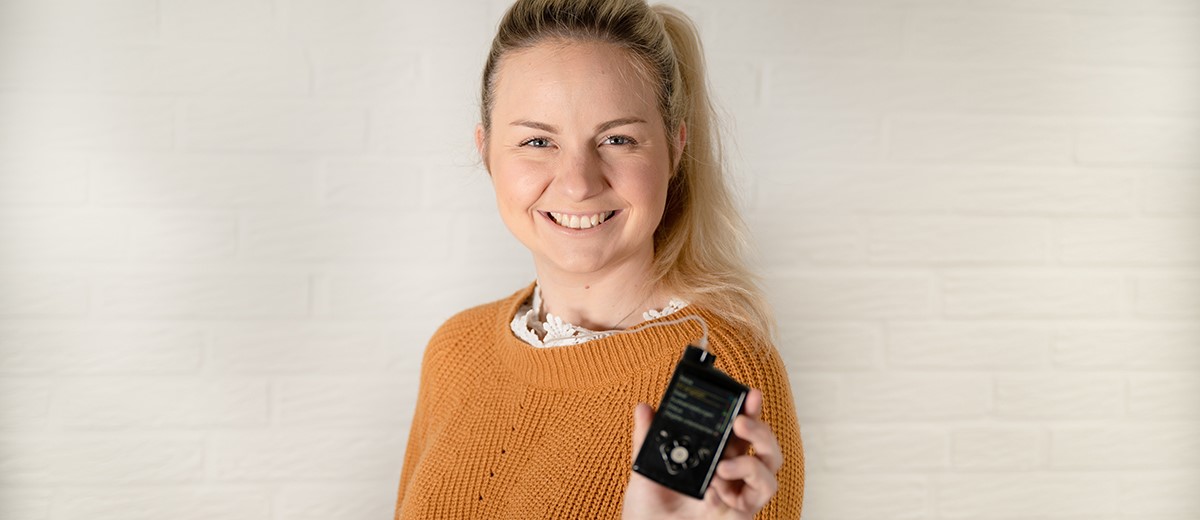From easier glucose control to less frequent injections, insulin pump technology has transformed Type 1 Diabetes care and management. With data showing a decrease in A1C levels and a significant reduction in diabetes-related emergencies, insulin pump therapy offers a method of insulin delivery most similar to the normal physiologic function of the pancreas. Pumps aren't for everyone, but for students who have one, their school nurse must understand the technology and be familiar with programming and using the insulin pump and daily management of pump therapy.
Learning the Lingo
Basal "background" Insulin Rate - The basal rate of insulin delivery from a pump is a small dose of fast-acting insulin, such as Humalog, Novalog, or Apidra, delivered continuously throughout the day and night. The rate is typically programmed precisely as a number of units per hour over a certain time period. Temporary basal rates may also be programmed for specific activities, including athletics. The pump will return to the normally set basal rate after the temporary time indicated.
Bolus - A bolus is an insulin dosage to correct blood sugar levels or manage food intake. The pump can calculate the recommended dosage for a bolus based on the individual's correction factor and insulin-to-carb ratio.
Target Blood Glucose - The desired blood glucose level is called the target blood glucose or "target range." It can be set as a single target for the entire day or as a range on a pump's settings. The amount of correction insulin that the bolus calculator recommends in case of high blood sugar is determined by this target.
Sensitivity or Correction Factor - The insulin sensitivity or correction factor is the amount of blood glucose (mg/dL) that is expected to be lowered by one unit of insulin.
Insulin on Board (IOB) - The term 'insulin on board' or 'active insulin' refers to the amount of insulin that remains effective in the child's body after a previous bolus (or boluses.) IOB prevents insulin stacking when correcting high blood sugar levels.
Infusion Set - Infusion sets connect the insulin delivery device to the student's body and often include an easy-to-use push-button, spring-loaded insertion device, and tubing connecting the pump to the insertion site on the body. Most guidelines recommend changing the infusion set every 2-3 days.
Cartridge/Reservoir - The part of the pump that holds the insulin is the cartridge or reservoir. Similar to infusion sets, cartridges are typically changed every three days.
Care Considerations
Every student with Type 1 Diabetes needs to have a Diabetes Medical Management Plan (DMMP) specific to their needs and routine. Additionally, a 504 Plan may be in place to establish support and accommodations to keep the student safe and able to participate in all school activities. Our blog post, Diabetes: Types, Tips, & Tools, includes resources to help foster safe, supportive, and inclusive environments for students with T1D. For students with insulin pumps, requesting extra supplies from parents or guardians, including infusion sets, cartridges, batteries, insulin, and syringes, is important. Pump management at school should be clearly outlined in the DMMP. Still, parent notification is essential for pump malfunctions, insulin leaks, irritation at insertion site or site changes, or in the case of a necessary insulin injection.
Insulin pumps are just one of the many advancements in medical technology that, for some students and families, can make managing diabetes more efficient and effective. However, pump safety is imperative, and school nurses can help by understanding insulin pump therapy and ensuring students who use these devices feel safe, supported, and empowered.
Shop all diabetes management supplies HERE.





